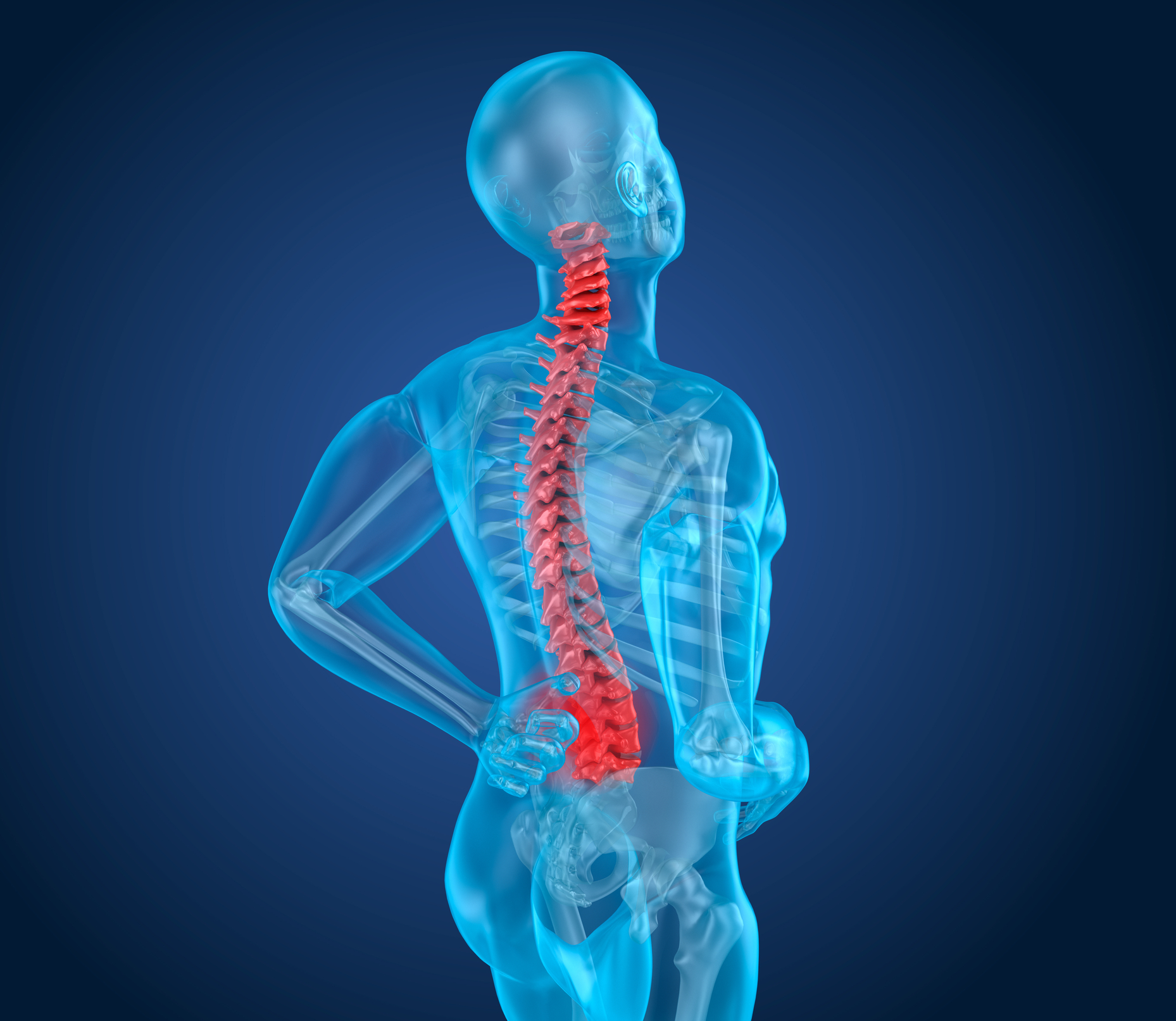 29 Apr 2024
29 Apr 2024
10 Tips for keeping good posture – even when slouching feels better.
Maintaining good posture is essential for your overall health and well-being, yet it can be a constant struggle, especially when slouching feels so much more comfortable. However, poor posture can lead to a host of issues, from back pain to reduced lung capacity. In this blog post, we’ll provide you with 10 practical tips to help you keep good posture, even when it’s tempting to slump.
1. It is crucial that you remain mindful and attentive to your body’s positioning and posture throughout the day. Making a concerted effort to regularly check in with your physical carriage can yield meaningful benefits for your overall health and well-being. To help foster this awareness, consider setting discrete reminders or utilizing specialized posture-tracking applications on your devices. These prompts and technological aids can serve as valuable prompts to pause, assess your current stance, and make any necessary adjustments. Proactively maintaining good posture not only enhances your physical comfort but can also have downstream positive impacts on your mood, energy levels, and productivity. By making postural mindfulness a consistent habit, you invest in your long-term musculoskeletal integrity and ergonomic wellness.
2. When it comes to maintaining comfort and productivity throughout the workday, investing in a supportive, ergonomic chair is a worthwhile consideration. A well-designed chair can make a significant difference in promoting proper spinal alignment and reducing strain on the back and neck. Look for a chair that features built-in lumbar support to maintain the natural curvature of the lower back, as well as a slightly reclined backrest that encourages good posture and alleviates pressure on the spine. By prioritizing ergonomics and selecting a chair that caters to your body’s needs, you can create a workspace that enables you to work more comfortably and efficiently for extended periods, ultimately enhancing your overall well-being and performance.
3. It is crucial to take regular breaks throughout the workday to maintain your physical and mental well-being. Setting a timer to remind yourself to stand up, stretch, and reset your posture every 30 to 60 minutes can provide numerous benefits. This simple habit can help prevent the negative effects of prolonged sitting, such as muscle stiffness, poor circulation, and decreased focus. By consciously interrupting periods of sedentary work, you can reenergize your body, improve your posture, and stay more alert and productive. Incorporating these brief breaks into your daily routine can have a significant positive impact on your overall health and work performance over time.
4. Developing and maintaining a robust core musculature is essential for supporting the spine and promoting proper posture. A strong core acts as a central foundation, providing the necessary stability and strength to enable efficient, upright movement and reduce the strain on the back. By deliberately engaging and strengthening the abdominal, lower back, and pelvic floor muscles through targeted exercises, individuals can build a sturdy core that will help them stand tall, move with confidence, and perform daily tasks with greater ease and reduced risk of injury. Investing time and effort into core strengthening exercises is a wise investment in one’s overall physical well-being and long-term musculoskeletal health.
5. Adjusting your computer setup is a simple yet impactful step to improve your overall work experience and physical wellbeing. Positioning your screen at eye level is crucial to prevent neck strain and maintain proper posture. When your display is situated too low, it forces you to constantly crane your neck downward, leading to discomfort and potential long-term musculoskeletal issues. Conversely, having the screen at eye level allows you to keep your head upright and your spine aligned, promoting better ergonomics and reducing the risk of slouching. This small adjustment can make a significant difference in your comfort and productivity throughout the workday, as it encourages a more natural and sustainable sitting position. Taking the time to optimize your computer setup is a worthwhile investment that can yield tangible benefits for your health and work performance.
6. Maintaining proper sleeping habits is crucial for overall health and well-being. A vital component of this is ensuring you have a supportive, comfortable sleeping environment. Investing in a high-quality mattress and pillow that keep your spine properly aligned can make a significant difference in the quality of your sleep. When your body is properly supported and your spine is maintained in a neutral position, you are more likely to experience deeper, more restorative sleep cycles. This, in turn, can lead to increased energy, improved cognitive function, and better physical recovery. By prioritizing good sleep hygiene and selecting the right mattress and pillow for your needs, you can optimize your sleep experience and enjoy the many benefits of well-rested nights.
7. It is crucial to be mindful of your phone usage habits and their potential impact on your physical well-being. Constantly looking down at your phone, a behavior often referred to as “text neck,” can have detrimental consequences. The repetitive strain and unnatural positioning of the neck and spine associated with prolonged phone use can lead to a range of musculoskeletal issues, including neck pain, stiffness, and even long-term spinal alignment problems. By being more conscious of your phone usage and making a concerted effort to limit the amount of time spent hunched over your device, you can avoid the development of this concerning condition and maintain a healthier posture. Adopting better ergonomic practices, such as holding your phone at eye level or taking regular breaks, can go a long way in preventing the onset of “text neck” and its associated discomforts.
8. It is crucial to wear supportive shoes when engaging in any physical activity or prolonged standing. Selecting footwear with robust arch support is essential for maintaining proper spinal alignment and weight distribution from the ground up. Well-designed shoes that cradle and support the arches of the feet can help prevent common issues like plantar fasciitis, heel pain, and lower back discomfort. By investing in high-quality, supportive footwear, you can safeguard your body’s structural integrity and minimize the risk of injury or strain, allowing you to perform tasks and activities comfortably and with confidence.
9. Incorporating posture-focused exercises into your daily routine is a highly effective way to retrain your body and improve your overall posture. Simple yet impactful movements, such as shoulder rolls and wall angels, can make a significant difference in how you hold and carry yourself. Shoulder rolls, for instance, help to strengthen and stretch the muscles in the upper back and shoulders, which are often strained from prolonged periods of poor posture, such as hunching over a computer or smartphone. By gently rolling the shoulders backward and forward, you can realign the spine and promote better postural habits. Wall angels, on the other hand, target the muscles in the upper back and chest, encouraging them to open up and maintain a more upright, confident stance. By standing with your back against a wall and “tracing” the shape of an angel with your arms, you can gradually retrain your body to maintain proper alignment and shoulder positioning. These posture-focused exercises are easy to incorporate into your daily routine, whether it’s during a work break, while watching television, or as part of a more comprehensive fitness regimen. By consistently practicing these simple movements, you can effectively retrain your body and develop the muscle memory needed to maintain good posture throughout the day, ultimately enhancing your overall well-being and confidence.
10. When dealing with persistent physical discomfort or concerns about your posture, it is highly advisable to enlist the expertise of a qualified professional. Consulting with a licensed physical therapist or experienced chiropractor can be an invaluable step in identifying the root causes of your postural problems and developing an effective treatment plan. These healthcare specialists possess the specialized knowledge and hands-on skills necessary to thoroughly assess your musculoskeletal alignment, mobility, and overall physical condition. Through a comprehensive evaluation, they can pinpoint any underlying issues, such as muscle imbalances, joint restrictions, or structural abnormalities, that may be contributing to your postural challenges. Armed with this detailed diagnostic information, they can then recommend targeted interventions, such as therapeutic exercises, manual adjustments, or ergonomic modifications, to help correct postural deficiencies and alleviate any associated pain or discomfort. By taking the proactive step to work with a professional, you can gain a deeper understanding of your body’s needs and implement personalized strategies to improve your posture and overall physical well-being, by implementing these tips, you can train your body to maintain good posture, even when it feels more comfortable to slouch. Invest in your long-term health and well-being by making posture a priority.
BY:
Uncategorized
COMMENTS: No Comments
 29 Apr 2024
29 Apr 2024
Here are 5 compelling reasons to get a back adjustment:
1. Pain relief: Back adjustments performed by skilled chiropractors or other qualified healthcare professionals can deliver immediate and long-lasting relief from a variety of painful musculoskeletal conditions, including back pain, neck pain, and even persistent headaches. These adjustments work by addressing the underlying causes of these issues, which are often rooted in spinal misalignments, joint dysfunction, and muscular imbalances. By gently realigning the spine and restoring proper biomechanical function, back adjustments can alleviate pressure on nerves, improve blood flow, and promote the body’s natural healing processes. This holistic approach to pain management provides a highly effective alternative to relying solely on medication or invasive procedures, empowering individuals to take a more proactive role in managing their health and wellness.
2. Improved mobility: Properly calibrated adjustments to the spine can effectively restore optimal spinal alignment, enabling freer, more natural movement and a marked increase in overall range of motion. By realigning the vertebrae and relieving any undue tension or restrictions within the musculoskeletal system, these targeted adjustments facilitate the body’s innate ability to move with greater ease and fluidity. This enhanced mobility and flexibility not only enhances physical performance but also promotes a greater sense of bodily harmony and well-being.
3. Enhanced athletic performance: Regular adjustments and targeted interventions can be highly beneficial for athletes seeking to perform at the peak of their abilities. By identifying and addressing joint restrictions and muscle tension, skilled practitioners can help optimize the body’s biomechanics and movement patterns. This, in turn, can lead to enhanced flexibility, improved range of motion, and reduced risk of injury – all of which are crucial factors in maximizing athletic performance. Through a combination of hands-on techniques and personalized guidance, athletes can experience tangible improvements in their overall mobility, strength, and coordination, empowering them to push the boundaries of their physical potential.
4. Stress reduction: The physical manipulation of the spine that occurs during a chiropractic adjustment triggers the release of endorphins, the body’s natural feel-good chemicals. This neurological response promotes a sense of relaxation and helps alleviate stress, providing patients with a soothing and therapeutic experience. The targeted adjustments stimulate the nervous system, leading to the production and circulation of endorphins throughout the body. These natural painkillers work to minimize discomfort, tension, and anxiety, leaving patients feeling more calm, centered, and in control of their wellbeing. The endorphin-boosting effects of chiropractic care make it a compelling and effective approach for managing stress and fostering a state of deep relaxation.
5. Preventative care: Ensuring the long-term health and integrity of the spine through regular chiropractic adjustments can be a highly effective preventative measure against the development of future injuries and chronic pain conditions. The spine serves as the central conduit for the nervous system, and misalignments or dysfunction within the spinal column can have far-reaching consequences throughout the body. By proactively addressing any underlying issues or imbalances through targeted adjustments, individuals can mitigate the risk of more serious musculoskeletal problems arising down the line. Investing in routine spinal care can pay dividends in the form of improved mobility, reduced discomfort, and a decreased likelihood of debilitating conditions that can significantly impact one’s quality of life.
Don’t let back pain hold you back any longer. Experience the many benefits of chiropractic care by scheduling your adjustment today.
BY:
Uncategorized
COMMENTS: No Comments
